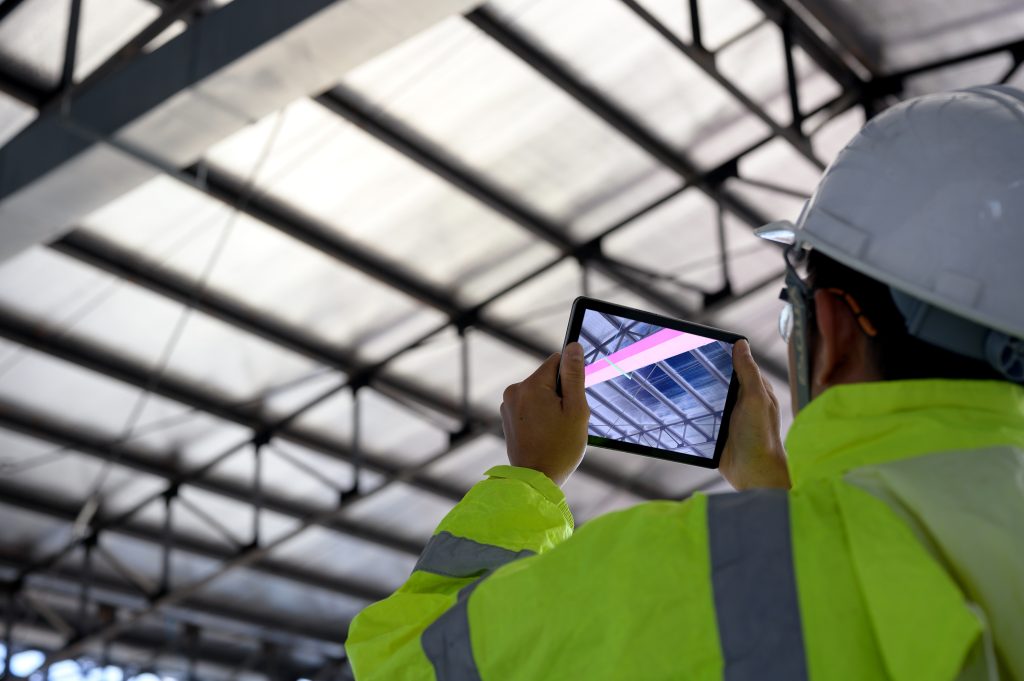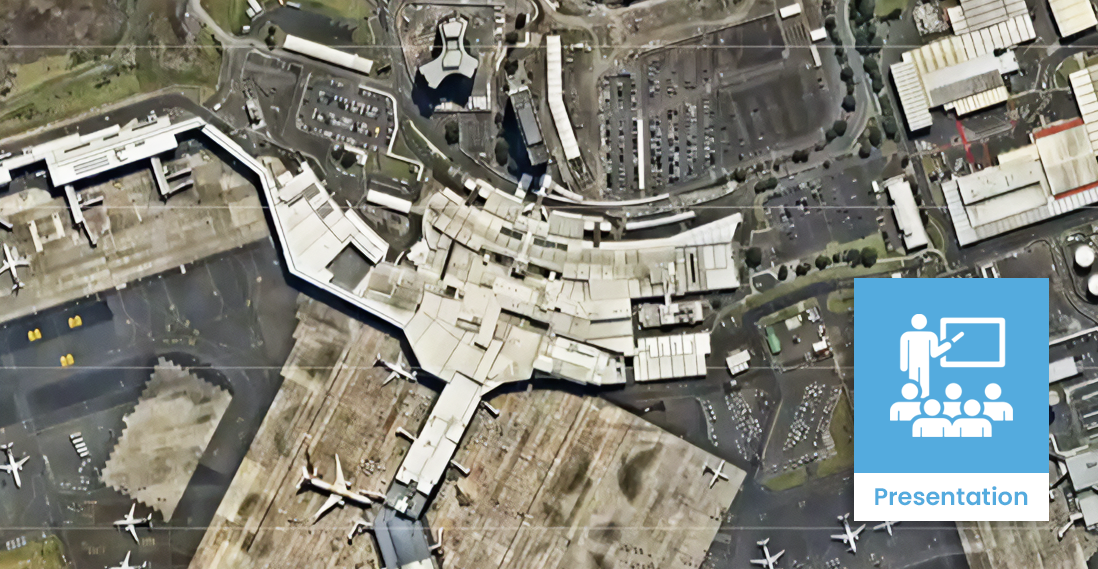Operator / Facilities Manager | Model interaction for hazard identification
Description
Digital models can provide facility operators with a range of real-time information, including the facility’s design, day-to-day operations, site conditions, movement of people, and asset status. This information can be used to identify hazards, analyse past incidents, and support the management of health and safety.
Model interaction is particularly valuable for gaining information on hazards in areas or situations that are not easily accessible. The facilities management team can investigate a situation in advance so workers are well-prepared for hazards and know what to expect, for example before excavation works or prior to any maintenance work needed in a ceiling or crawl space.

Manipulating a model in augmented reality to check for hazards. @kokliang1981 Adobe Stock
Case studies
Uses and benefits for health and safety
The BIM model provides a a data-rich digital representation of the facility, that can support hazard identification by:
- space
- Allowing users to navigate and interact with elements that are not visible or easily accessible.
- space
- Better implement safety measures and procedures once hazards have been identified.
- space
- Enhance health and safety during the operation of the building. Keeping the model up-to-date as the building changes means the model can help identify new and potential hazards that may arise.
Technology/techniques
BIM authoring and viewing software applications are typically used to interact with the model. Industry -standard tools include Autodesk Revit, ArchiCAD, Bentley MicroStation, Navisworks, Solibri Model Viewer and Solibri Model Checker.
These tools can output information in a variety of formats, including visualisations and tabulated data. The key feature should be the ability to extract and update information in the model as required.
Model/data requirements
It’s important to maintain an up-to-date, as-built model of the facility. Quantities and dimensions of every component of each building or structure must be accurately recorded to reflect actual conditions. Any safety measures put in place as the result of hazard identification can then be incorporated into the model.
Not all information needs to be incorporated into the model itself, provided the model maintains a link to external information and synchronises every time this information is updated.
Hardware and software requirements
Standard computing and mobile devices capable of accessing BIM models can be used for model interaction. BIM authoring software is usually needed to edit and update information in the model. Other software tools, such as SimpleBIM, can be used to directly edit and update the model without full authoring capabilities, subject to a robust quality assurance process.
Contract/procurement implications
The ability to interact with the model promotes transparency and enables users to access and share information more efficiently. This supports contract and procurement activities, particularly for safety management within the facility.
Using BIM as a central information-sharing platform can minimise uncertainties and misunderstandings and enable better procurement decisions. It can help the project team evaluate potential suppliers against the project requirements.
The ability to share real-time information from the BIM model streamlines contract management, enables timely adjustments and minimises costly delays and disputes.
Roles and responsibilities
| Safety manager/Health and safety officer | Determines the types and form of information required for hazard identification. |
| BIM manager/BIM author | Extracts relevant health and safety information from the model. |
| Software technician | Accesses and extracts information from the model where dedicated software tools are used for safety management. |
Training requirements
Navigating the model to extract information is generally straightforward as software applications are getting more intuitive, but editing and updating the model may require special training. The level of training depends on the organisation’s requirements.
At least some basic BIM knowledge is useful for safety managers. Even if they cannot extract information from the model themselves, they can effectively interact with those who can.
Future directions
Immersive augmented and virtual reality technologies which can view the model and get the right information is increasingly available. These tools enable non-expert users to interact with the model in a more intuitive manner. These technologies can be used in conjunction with other software applications to simulate the impact of hazards on the safety.

